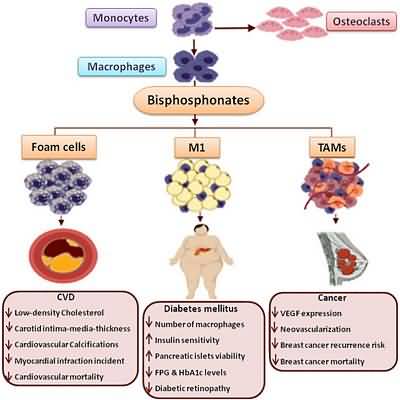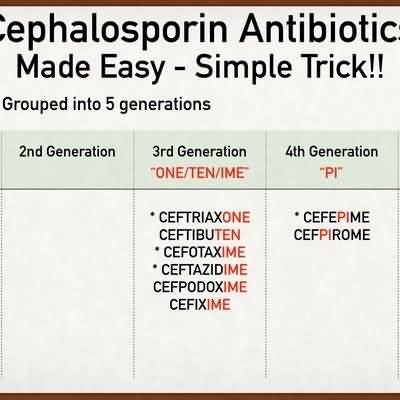Nitrates
Nitrates
Nitrates are antianginals. They relax vascular smooth muscle with a resultant decrease in venous return and decrease in arterial blood pressure, which reduces left ventricular workload and decreases myocardial oxygen consumption, relieving the pain of angina.
Indications
Treatment of acute angina (sublingual, translingual, inhalant preparations) Prophylaxis of angina (oral sustained release, sublingual, topical, transdermal, translingual, transmucosal preparations) Treatment of angina unresponsive to recommended doses of organic nitrates or betablockers (IV preparations) Management of perioperative hypertension, heart failure associated with acute MI (IV preparations) Produce controlled hypotension during surgery (IV preparations) Unlabeled uses: Reduction of cardiac workload in acute MI and in heart failure (sublingual,topical); diffuse esophageal spasm without reflux Contraindications and cautions
Contraindicated with allergy to nitrates, angle-closure glaucoma, severe anemia, early MI, head trauma, cerebral hemorrhage, cardiomyopathy, concommitant use with phosphodiesterase type 5 (PDE5) inhibitors, pregnancy, or lactation. Use cautiously with hepatic or renal disease, hypotension or hypovolemia, increased in- tracranial pressure, constrictive pericardi- tis, pericardial tamponade, low ventricular filling pressure or low pulmonary capillary wedge pressure (PCWP). Adverse effects
CNS: Headache,apprehension, restlessness, weakness, vertigo, dizziness, faintness CV: Tachycardia, retrosternal discomfort, palpitations, hypotension, syncope, collapse, orthostatic hypotension, angina Dermatologic: Rash, exfoliative dermatitis, cutaneous vasodilation with flushing, pallor, perspiration, cold sweat, contact dermatitis (transdermal preparations), topical allergic reactions (topical nitroglycerin ointment) GI: Nausea, vomiting, incontinence of urine and feces, abdominal pain Local: Local burning sensation at the point of dissolution (sublingual) Other: Ethanol intoxication with high dose IV use (alcohol in diluent) Interactions
Drug-drug Increased risk of hypertension and decreased antianginal effect with ergot alkaloids Decreased pharmacologic effects of heparin Risk of orthostatic hypotension with calcium channel blockers Profound hypotension with PDE5 inhibitors ?Drug-lab test False report of decreased serum cholesterol if done by the Zlatkis-Zak color reaction Nursing considerations
Assessment
History: Allergy to nitrates, severe anemia, early MI, head trauma, cerebral hemorrhage, hypertrophic cardiomyopathy, hepatic or renal disease, hypotension or hypovolemia, increased intracranial pressure, constrictive pericarditis, pericardial tamponade, low ventricular filling pressure or low PCWP, pregnancy, lactation Physical: Skin color, T, lesions; orientation, reflexes, affect; P, BP, orthostatic BP, baseline ECG, peripheral perfusion; R, adventitious sounds; liver evaluation, normal output; LFTs (IV); renal function tests (IV); CBC, Hgb Adverse effects
in italics are most common; those in bold are life-threatening. U Do not crush. Interventions
Administer sublingual preparations under the tongue or in the buccal pouch. En- courage the patient not to swallow. Ask patient if the tablet “fizzles” or burns. Check the expiration date on the bottle; store at room temperature, protected from light. Discard unused drug 6 mo after bottle is opened (conventional tablets); stabilized tablets (Nitrostat) are less subject to loss of potency. Administer sustained-release preparations with water; tell the patient not to chew the tablets or capsules; do not crush these preparations. Administer topical ointment by applying it over a 6? ? 6?area in a thin, uniform layer using the applicator. Cover area with plastic wrap held in place by adhesive tape. Rotate sites of application to decrease the chance of inflammation and sensitization; close tube tightly when finished. Administer transdermal systems to skin site free of hair and not subject to much movement. Shave areas that have a lot of hair. Do not apply to distal extremities. Change sites slightly to decrease the chance of local irritation and sensitization. Remove trans- dermal system before attempting defibrillation or cardioversion. Remove old system before applying new system. Administer transmucosal tablets by placing them between the lip and gum above the incisors or between the cheek and gum. Encourage patient not to swallow and not to chew the tablet. Administer the translingual spray directly onto the oral mucosa; preparation is not to be inhaled. Withdraw drug gradually; 4–6 wk recommended period for the transdermal preparations. Establish safety measures if CNS effects, hypotension occur. Keep environment cool, dim, and quiet. Provide periodic rest periods for patient. Provide comfort measures and arrange for analgesics if headache occurs. Maintain life support equipment on standby if overdose occurs or cardiac condition worsens. Provide support and encouragement to deal with disease, therapy, and needed lifestyle changes. Teaching points
Place sublingual tablets under your tongue or in your cheek; do not chew or swallow the tablet; the tablet should burn or “fizzle” under the tongue. Take nitroglycerin before chest pain begins, when you anticipate that your activities or situation may precipitate an attack. Do not buy large quantities; these drugs do not store well. Keep these drugs in a dark, dry place, in a dark-colored glass bottle with a tight lid; do not combine with other drugs. You may repeat your dose every 5minutes for a total of three tablets; if the pain is still not relieved, go to an emergency room. Do not chew or crush the timed-release preparations; take on an empty stomach. Spread a thin layer of topical ointment on the skin using the applicator. Do not rub or massage the area. Cover with plastic wrap held in place with adhesive tape. Wash your hands after application. Keep the tube tightly closed. Rotate the sites frequently to prevent local irritation. To use transdermal systems, you may need to shave an area for application. Apply to a slightly different area each day. Use care if changing brands; each system has a different concentration. Remove the old system before applying a new one. Place transmucosal tablets between the lip and gum or between the gum and cheek. Do not chew; try not to swallow. Spray translingual spray directly onto oral mucous membranes; do not inhale. Use 5–10 minutes before activities that you anticipate will precipitate an attack. Take these drugs exactly as directed; do not exceed recommended dosage. Do not take erectile dysfunction drugs while you are using a nitrate. You may experience these side effects: Dizziness, light headedness (this may pass as you adjust to the drug; change positions slowly); headache (lying down in a cool environment and resting may help; over the counter preparations may not help); flushing of the neck or face (this usually passes as the drug’s effects pass). Report blurred vision, persistent or severe headache, skin rash, more frequent or more severe angina attacks, fainting. Representative drugs
isosorbide dinitrate isosorbide mononitrate nitroglycerin


















